Sony A7S III vs A7S II: 10 key differences you need to know
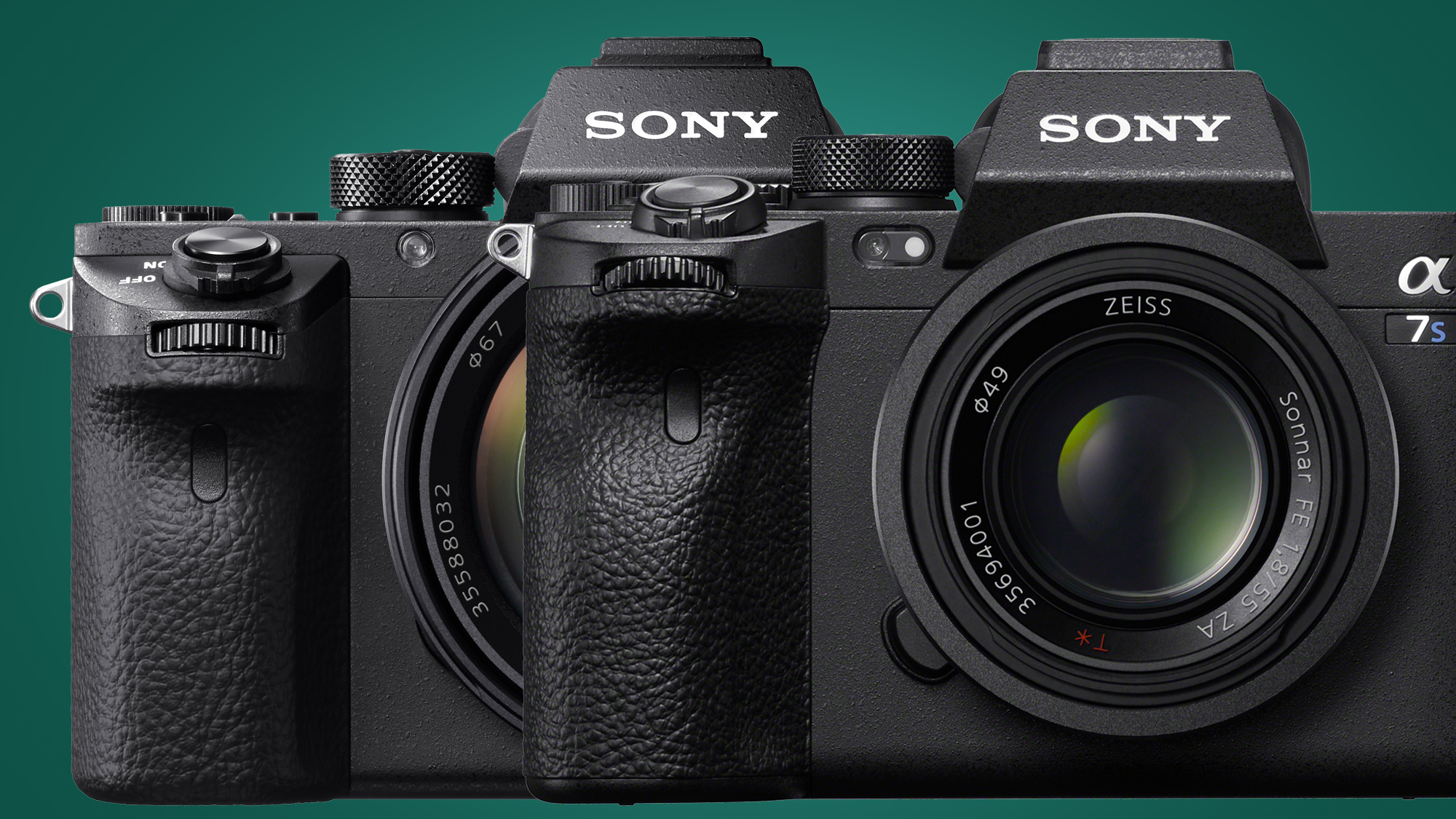
Almost five years after the launch of its predecessor, the Sony A7S III has finally arrived – and the full-frame mirrorless hybrid has been lauded as a best-in-class camera for filmmakers, according to our full Sony A7S III review.
As you'd expect given the years since the arrival of the Sony A7S II, the A7S III brings a number of improvements. But in what areas does it take things forward, and should you still consider its predecessor given the new model's high price of entry?
To help, we've boiled down the main differences between the two video-focused cameras, so you can decide if the A7S III has made the right improvements for you, or if the A7S II might now become the better value option for your filmmaking projects.
Here are the ten key differences between the two hybrid video cameras...
- These are the best 4K cameras you can buy right now
- Read our in-depth Sony A7S III review
- Or check out our guide to the best full-frame cameras
1. Sensor
Both cameras have a 12MP full-frame sensor, but the Sony A7S III has a new backlit-illuminated chip with readout speeds that are twice as fast as its predecessor.
This brings improvements to both the A7S III's performance as high ISOs and its handling of issues like rolling shutter, which can skew objects when you pan the camera quickly and was a slight issue on the A7S II.
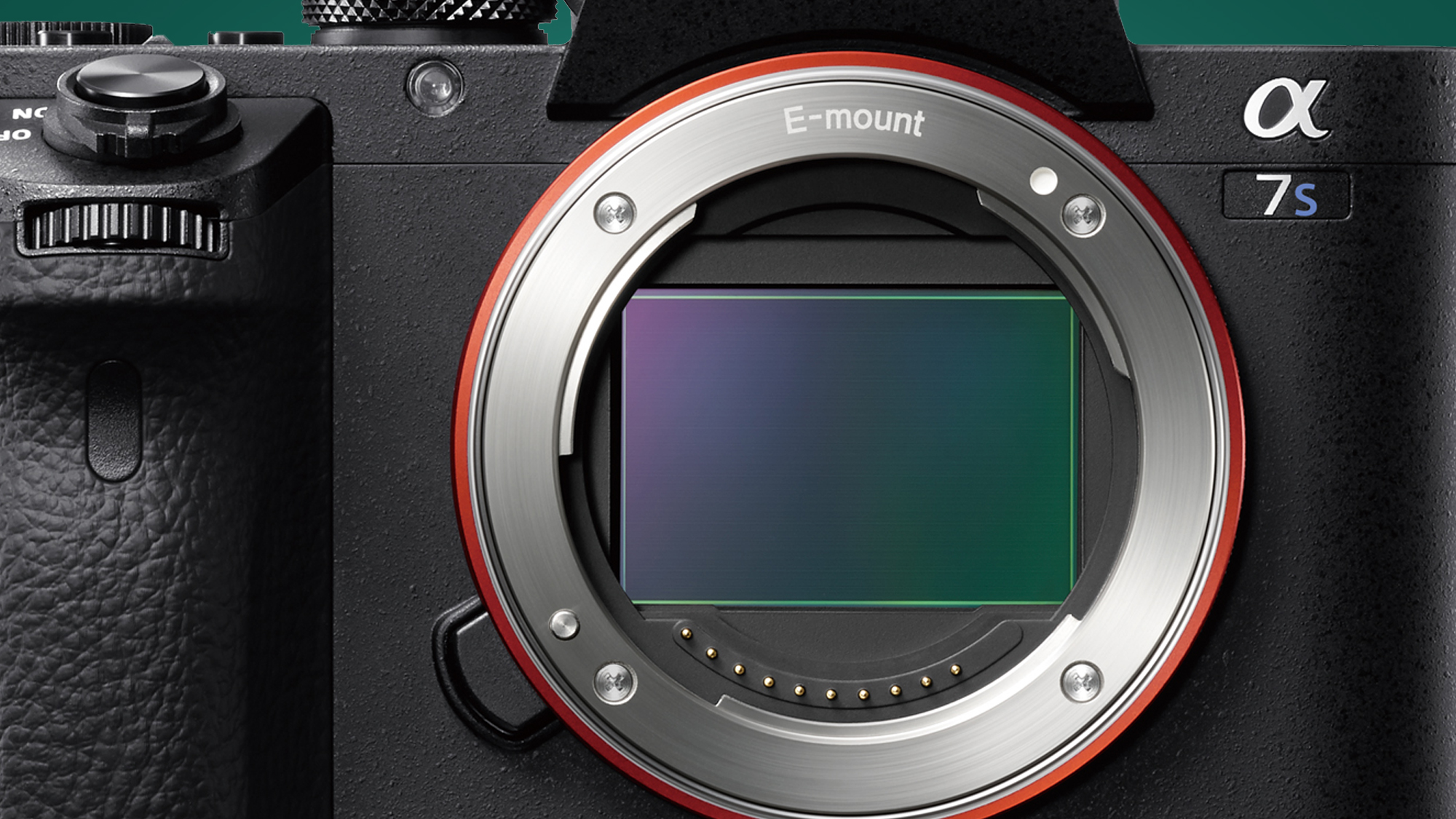
Why only 12MP? That might seem like an incredibly low resolution in 2020, and if you're looking for stills-first hybrid camera if might be a deal-breaker. But this resolution brings two main advantages. Firstly, it means both cameras' pixels are very large, making them the finest low-light shooters around.
Sign up for breaking news, reviews, opinion, top tech deals, and more.
And secondly, it ensures that techniques like pixel binning or line skipping aren't needed to produce 4K video, which helps with heat management. Unlike the new Canon EOS R5 and EOS R6, the A7S III can record 4K/60p video continuously for well over half an hour – or even up to an hour, if your card and battery can handle it.
The Sony A7S III also boasts even better dynamic range than its predecessor – if you’re a videographer recording in S-log, you get a class-leading 15-stops of dynamic range, compared to 12 stops on the A7S II.
2. Video quality
Beyond this improved dynamic range, the Sony A7S III also includes a number of upgrades to satisfy pro video expectations in 2020.
Unlike the Sony A7S II, you can shoot 4K/60p video. get 10-bit color depth and 4:2:2 color sampling internally in all recording formats, which gives you much more color information to work with during editing and grading. When shooting internally without an external recorder, the A7S II is limited to 8-bit video and 4:2:0 sampling, which can produce slightly rougher gradients or 'banding' areas like the sky.
Another bonus on the A7S III are its new codecs, with XAVC-S-I supporting bit-rates of up to 500Mbps, and XAVC-HS supporting high frame-rate modes like 4K/100p at 200Mbps. This is an upgrade on the A7S II, whose codecs topped out at 100Mbps.
Whether or not you need a 10-bit full-frame video camera is another matter – if depends on where you're planning to publish your videos and how much grading you tend to do. An 8-bit camera like the A7S II may still be fine for your needs, and it's also worth bearing in mind that there are more affordable 10-bit cameras (albeit with smaller sensors) than the A7S III, such as the Panasonic GH5.
3. Design
Sony has made a number of small design improvements to the A7S III, which collectively bring it in line with the very similar Sony A7R IV.
There's now a bigger grip to help balance out long lenses, along with some improved dust- and moisture-resistance. There's no official weather-sealing rating, but Sony has confirmed that it can handle being used in a drizzle, while all the ports are tucked away under rubberized covers.
Talking of which, there's also now – wait for it – a full-size HDMI port, which will be a big relief for anyone who's struggled with notoriously flaky micro HDMI cables.
Sony has also increased the size of the buttons on the A7S III and added a big record button above the grip, in place of one of the custom buttons. Overall, it's not a complete reinvention of the A7S II's design, but it is far more refined and user-friendly for videographers – particularly when you consider the following three differences between the cameras...
4. Viewfinder
One of the surprise inclusions on the Sony A7S III is its high-resolution viewfinder – its EVF has an incredible 9.44-million dot resolution.
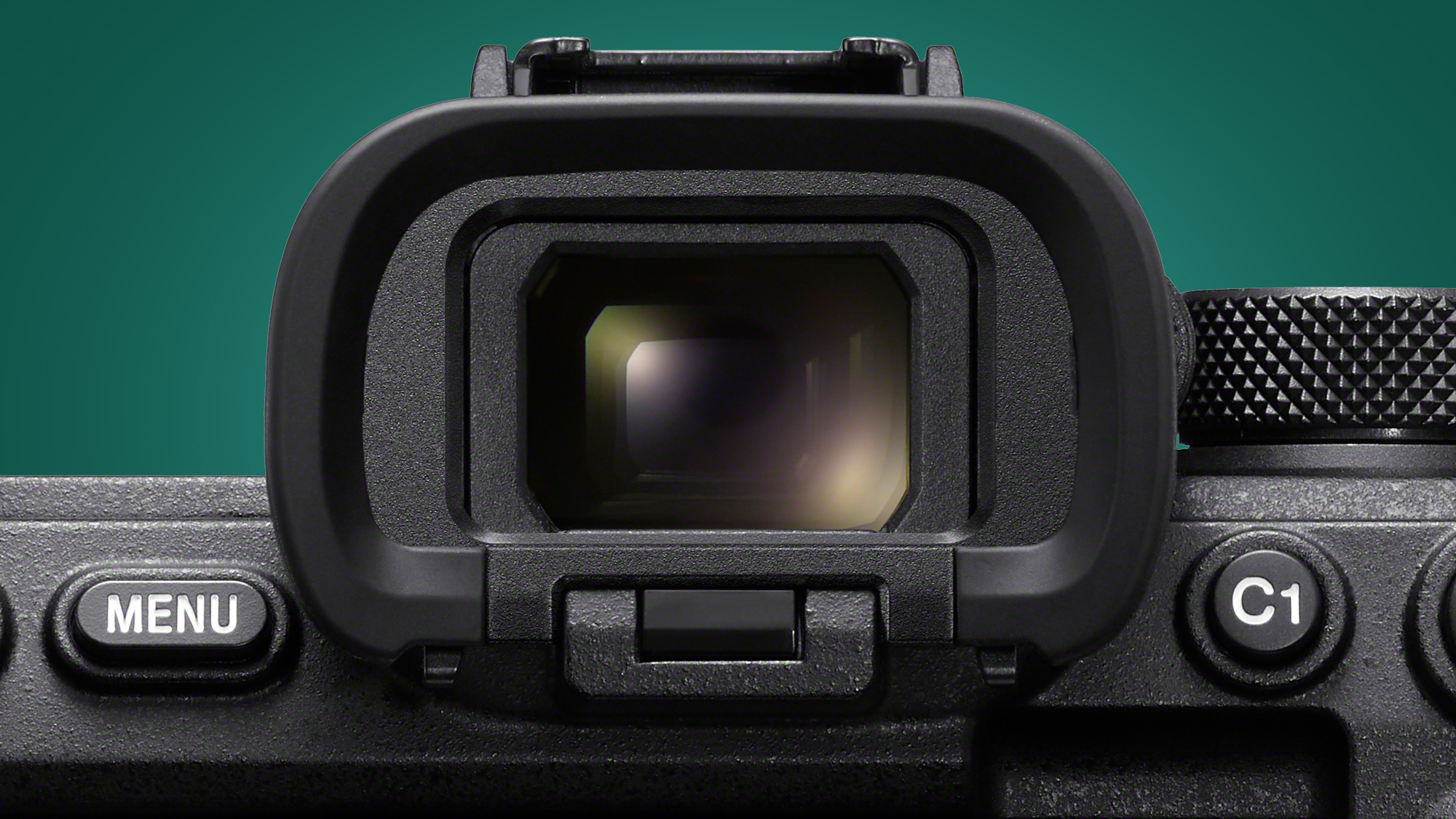
That is a significant upgrade on the 1.23-million dot EVF on the A7S II and means the A7S III has the highest-resolution viewfinder on any mirrorless camera, easily trumping the Canon EOS R5's 5.76-million dot EVF. It also matches the latter's 120fps refresh rate.
The reason this is a slightly surprise upgrade is because an EVF is generally more of a priority for stills shooters, and the A7S III is very much a video-first camera. Still, if you're in bright sunlight a great EVF is still very useful whatever you're shooting, and Sony obviously feels confident that its Z battery (see below) can absorb any impact on the A7S III's battery life.
5. Screen
The real cherry on the Sony A7S III's filmmaking cake is its new fully articulating touchscreen, which Sony recently introduced on the Sony ZV-1.
Aside from making it an extremely high-end contender for our best vlogging cameras list, this is a real boon for shooting flexibility in general.


The A7S II's screen can be pulled out and tilted both upwards and downwards, but you can't flip it around to face the front and your setup can get awkward if you have anything mounted on the hotshoe.
A fully articulating screen like the one of the A7S III is really the gold standard for video shooting (albeit a divisive one for stills shooters), and it's about time we saw one on an A7-series camera.
6. Interface
Just as important as the A7S III's design tweaks are its software improvements. Sony has strangely lagged behind the likes of Canon when it comes to touchscreen interfaces on its cameras, so it's great to finally see it addressed with the A7S III's new touch UI.
There are now completely different menus for movies and stills – for example, when you're in movie mode you only see video-related menus – and the touchscreen gives you really granular control over settings like your focus speeds.
The question now is whether or not Sony will bring this interface to its other cameras via a software update – there's no news on this yet, but it won't be possible on the Sony A7S II because its screen isn't touch-sensitive.
7. Battery life
One of the biggest differences between the Sony A7S III and A7S II is battery life, with Sony's new video flagship getting a significant upgrade thanks to the inclusion of its Z battery.
Currently available in higher-end Sony cameras like the Sony A9, Sony A7R IV, Sony A6600, the Z battery provides a big boost for both stills and video shooting times.
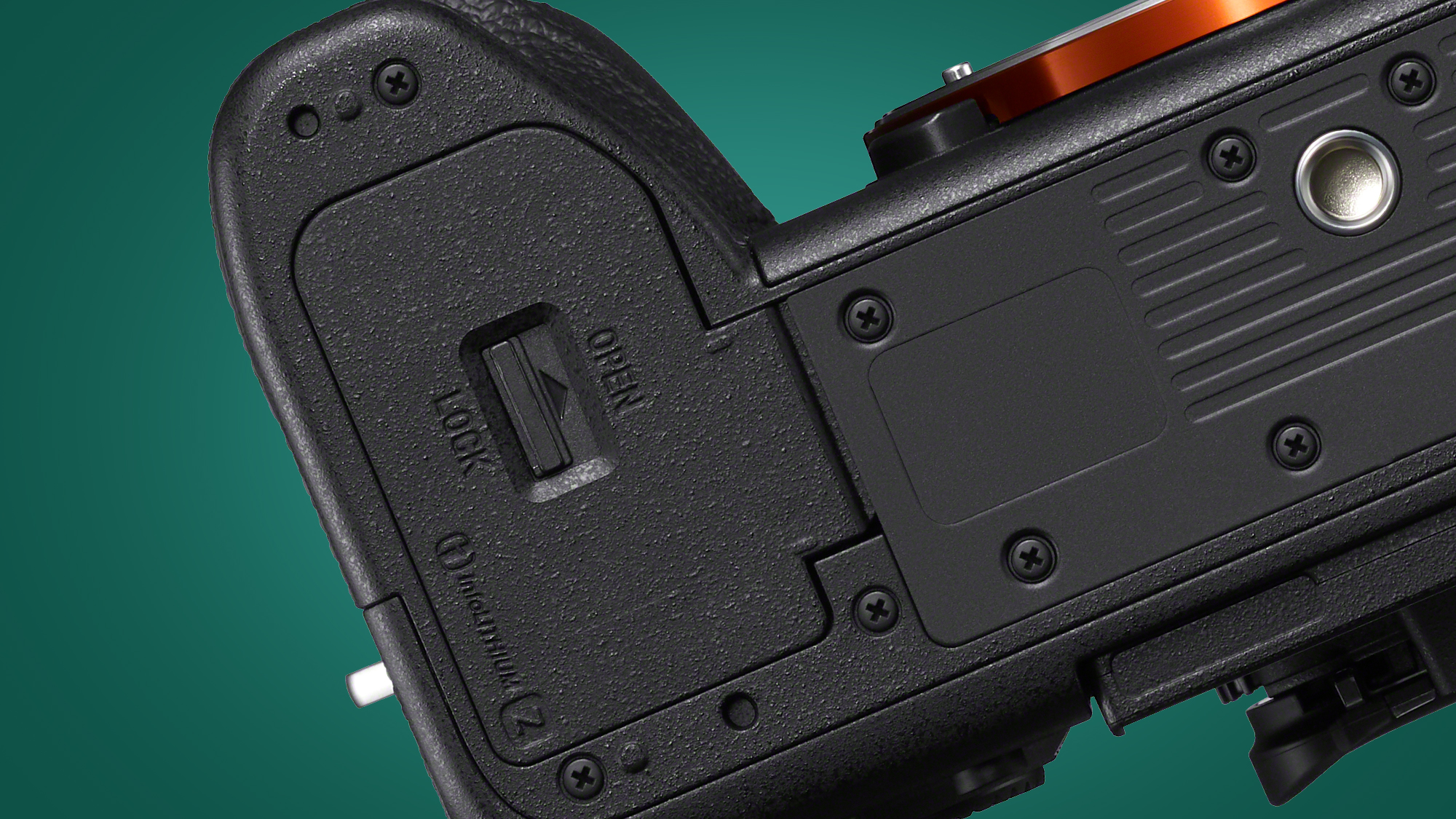
According to Sony's test figures, it improves the A7S III's stamina by 60% compared to the A7S II, with 95 minutes of video recording via the LCD (compared to 60 minutes on the A7S II) and 600 shots per charge (up from 370 frames on its predecessor).
In our real-world tests, we captured well over an hour of 4K video from a charge, and also enjoyed the fast-charging benefits of its USB-C port (with the A7S II lagging behind with its older micro USB port).
8. Stills shooting
While both the A7S III and A7S II are predominantly video cameras, they can also shoot excellent stills, albeit at a relatively low 12MP resolution.
Thanks to its new Bionz XR processor, the A7S III brings a few upgrades on this front, including 10fps burst shooting (with autofocus and auto-exposure), which is double the rate of the A7S II's somewhat modest 5fps maximum.
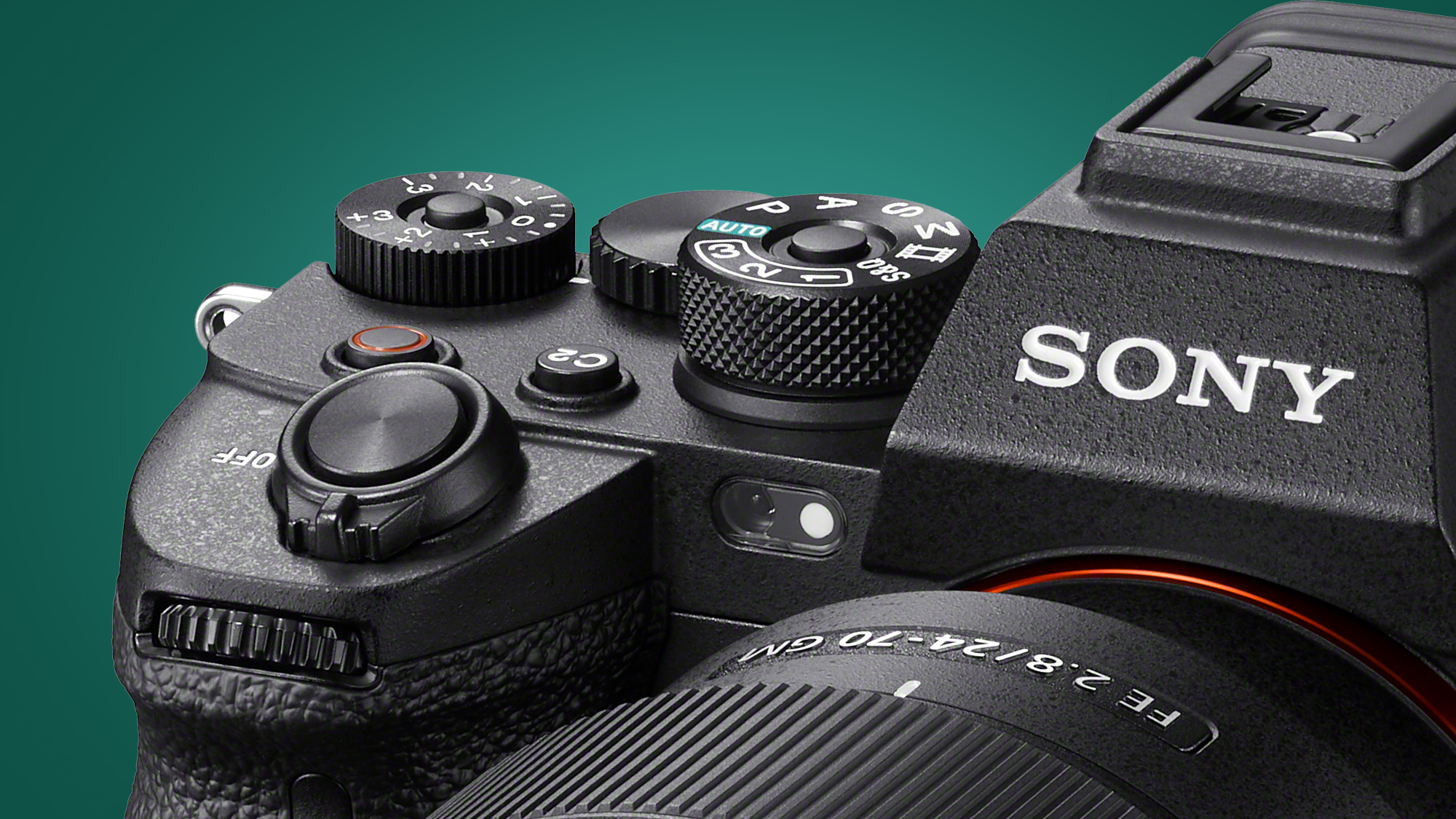
The new model's autofocus can also lock onto subjects in slightly lower light, with Sony claiming AF sensitivity down to EV-6 (up from EV-4 on the A7S II).
Finally, the A7S II also benefits from the latest photo compression formats, supporting 10-bit HEIF files that trump JPEG's 8-bit color while offering smaller file sizes.
9. Card slots
One feature that really shows the Sony A7S II's age is its single card slot, which only supports UHS-I speeds.
Instead, the A7S III delivers two dual-format card slots, which means that both slots support UHS-II SD cards and the new CFexpress Type A cards.

This means that you're not forced to upgrade to the pricey and currently quite scarce CFexpress Type A cards (an 80GB CFexpress Type A card will cost $199.99 / £210 / AU$369, while a 160GB one will set you back $399.99 / £400 / AU$699).
But to really unlock the A7S III's maximum performance, you will eventually want to make the upgrade. For example, the A7S III's maximum buffer when burst shooting is only available with CFexpress Type A cards.
10. Price
Naturally, all of the Sony A7S III's improvements come at a significant cost –$3,499.99 / £3,800 / AU$5,999 for the camera body only, to be precise.
Even when you adjust for inflation, that is considerably more than the launch price of the Sony A7S II, which arrived in 2015 for $3,000 / £2,500 / AU$4,799. In fact, at the time of writing, you can pick up an A7S II for a tempting $1,999 / £1,999 / AU$2,899.
As you can see above, the differences between the cameras are huge and if you're not yet a working pro video shooter, it may well be worth considering more recent hybrid video cameras with smaller sensors, like the Panasonic GH5 (rumored to be succeeded soon by the Panasonic GH6) and Fujifilm X-T4.
If your bank account didn't wince too much at the sound of the A7S III's price, though, then check out our in-depth Sony A7S III review to find out if it's the camera for you.
- These are the best cameras in the world right now

Mark is TechRadar's Senior news editor. Having worked in tech journalism for a ludicrous 17 years, Mark is now attempting to break the world record for the number of camera bags hoarded by one person. He was previously Cameras Editor at both TechRadar and Trusted Reviews, Acting editor on Stuff.tv, as well as Features editor and Reviews editor on Stuff magazine. As a freelancer, he's contributed to titles including The Sunday Times, FourFourTwo and Arena. And in a former life, he also won The Daily Telegraph's Young Sportswriter of the Year. But that was before he discovered the strange joys of getting up at 4am for a photo shoot in London's Square Mile.